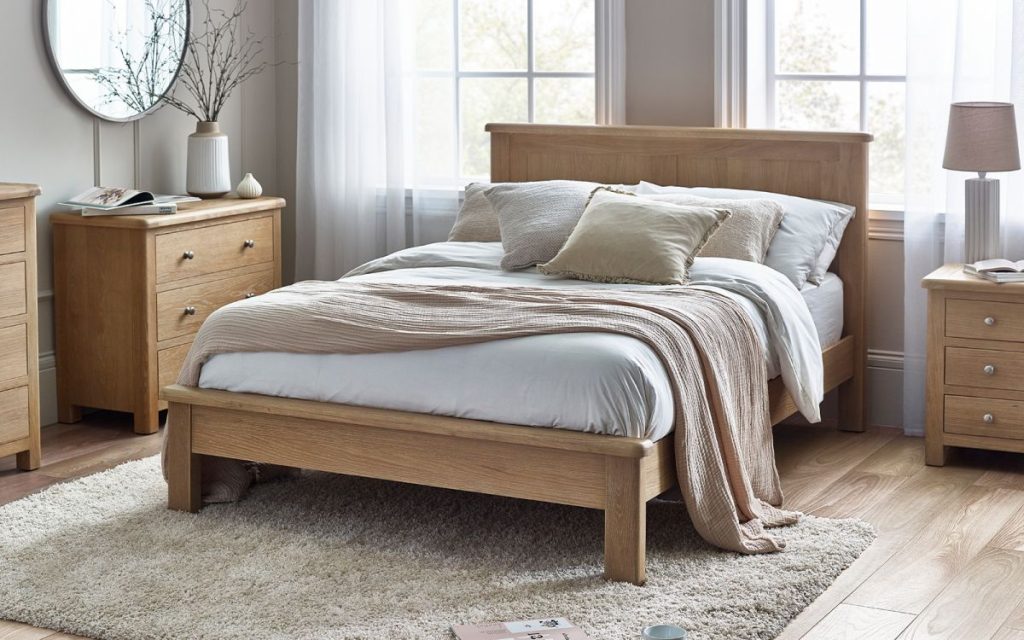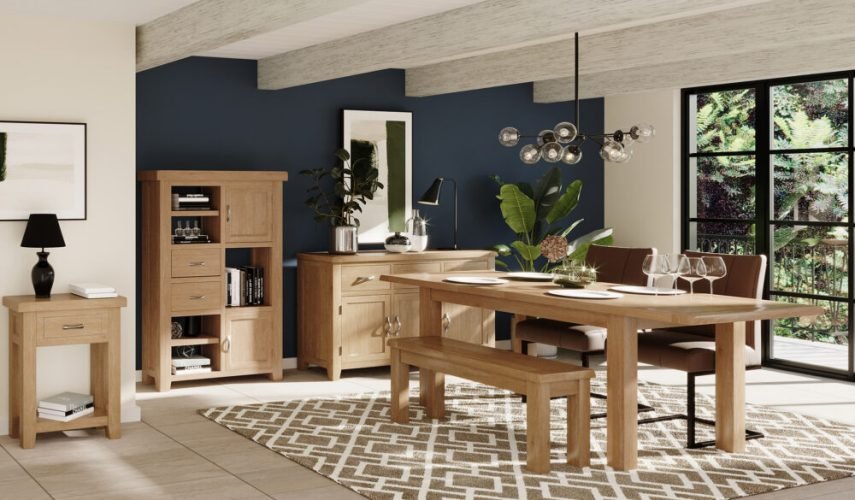Antique oak furniture is not just a beautiful addition to your home; it’s also an investment that deserves proper care. Over time, exposure to dirt, moisture, and even sunlight can lead to damage and deterioration. To ensure that your cherished pieces remain in excellent condition for generations to come, it’s crucial to understand the best practices for maintenance. In this blog, we’ll outline essential dos and don’ts for caring for your antique oak furniture, providing you with practical tips and insights to protect your investment.
The Dos of Caring for Antique Oak Furniture
1. Do Clean Regularly
Keeping your antique oak furniture clean is vital for maintaining its beauty and longevity. Regular dusting prevents the buildup of dirt that can scratch the surface.
- Tip: Use a soft, lint-free cloth to dust your furniture weekly. For deeper cleaning, slightly dampen the cloth with water or a gentle wood cleaner.
2. Do Use Coasters and Placemats
To prevent water rings and heat damage, always use coasters and placemats on your oak surfaces. This is especially important during meals or when placing beverages.
- Why It Matters: Oak is porous and can absorb liquids, leading to stains and damage.
3. Do Maintain Humidity Levels
Antique oak furniture thrives in a stable environment. Extreme changes in humidity can cause the wood to expand and contract, leading to cracks and warping.
- Ideal Conditions: Keep indoor humidity levels between 30-50%. Consider using a humidifier or dehumidifier based on your climate.
The Don’ts of Caring for Antique Oak Furniture
1. Don’t Use Harsh Chemicals
Avoid cleaning products that contain harsh chemicals, as they can strip the finish and damage the wood. Instead, opt for pH-balanced wood cleaners specifically designed for antique furniture.
- Recommended Products: Look for gentle cleaners or homemade solutions using vinegar and water.
2. Don’t Expose to Direct Sunlight
Prolonged exposure to direct sunlight can fade the finish and cause discolouration of your living room furniture over time. Use curtains or blinds to protect your furniture from harmful UV rays.
- Protective Measures: Consider placing your antique oak furniture away from windows or using UV-filtering films on glass.
3. Don’t Neglect Repairs
If you notice any signs of wear, such as loose joints or scratches, address them promptly. Neglecting repairs can lead to more significant issues down the line.
- What to Do: Consult a professional for restoration or repair services to ensure the job is done correctly.

How to Choose the Right Cleaning Products
What to Look For
When selecting cleaning products for your antique oak furniture, consider the following:
- Non-Toxic Ingredients: Choose cleaners that are free of harmful chemicals.
- Conditioning Oils: Use products that also condition the wood, providing nourishment to the oak.
- Test First: Always test a new cleaning product on a small, inconspicuous area before applying it to the entire piece.
Frequently Asked Questions
What Are the Benefits of Antique Oak Furniture?
Antique oak furniture for your dining room or bedroom is valued for its durability, unique character, and timeless appeal. Proper care enhances its beauty and can increase its value over time.
How Do I Care for Antique Oak Furniture?
Regular cleaning, using coasters, maintaining humidity levels, and avoiding harsh chemicals are essential for caring for antique oak.
Where Can I Find Quality Antique Oak Furniture?
Explore reputable antique shops, online marketplaces, and auctions for quality antique oak furniture. Always check the condition and provenance of pieces.
Caring for your antique oak furniture doesn’t have to be daunting. By following these dos and don’ts, you can preserve the beauty and integrity of your cherished pieces for years to come. Remember, regular maintenance and attention to detail will protect your investment while enhancing your home’s charm. For more oak furniture options and to explore our collection, visit our site to discover how to incorporate beautiful oak pieces into your home decor!

